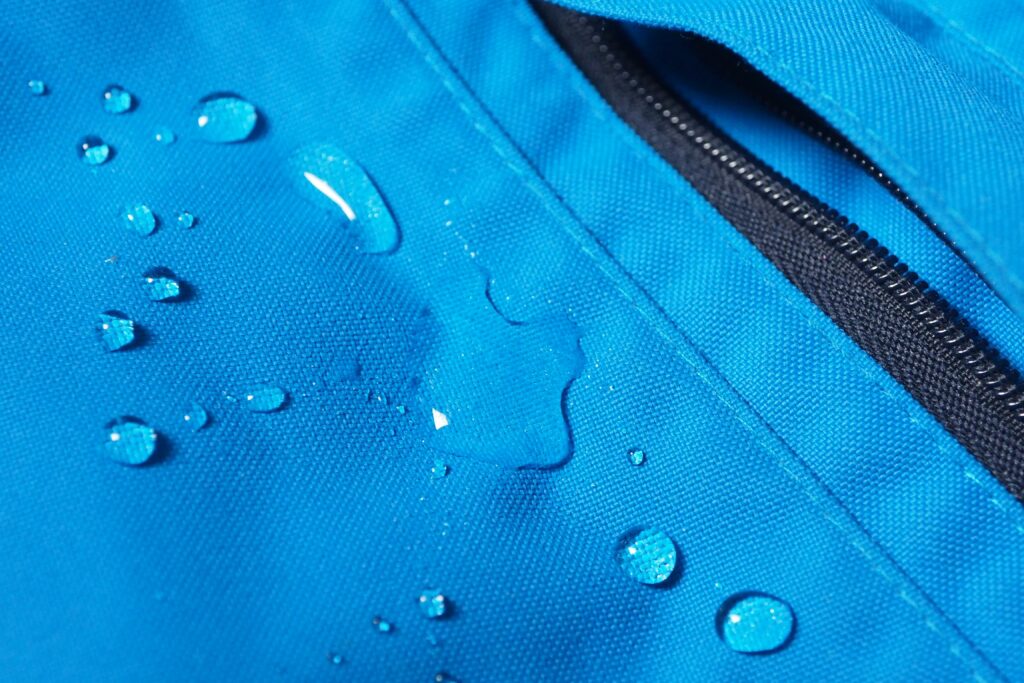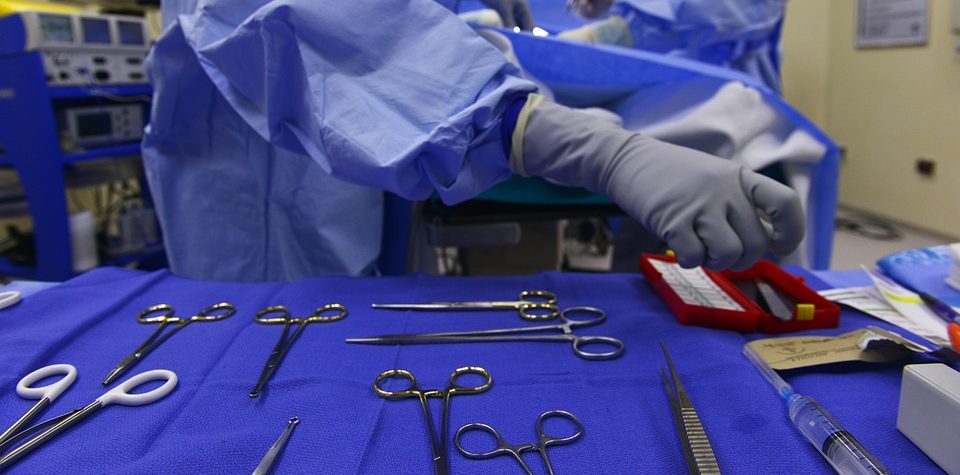The use of textiles and fabrics is becoming increasingly prevalent in the development of wearable medical garments, wearable organ holsters, and even being utilized as flexible mesh for medical implants.
Choosing the right textile for a medical device isn’t as simple as Googling “medical fabric.” Whether you’re a doctor with a breakthrough idea or a product developer at a company like Baxter, understanding what makes a textile “medical grade” is critical to successful development and eventual FDA clearance. The wrong material can delay a project, introduce risks, or even fail during clinical testing.
What Is a Medical Grade Textile?
Currently, there is no single regulated definition of “medical grade,” but the industry generally agrees on several core criteria:
- Biocompatibility: Non-toxic and safe for prolonged skin contact
- Antimicrobial: Resists bacterial and fungal growth
- Cleanability/Sterilizability: Withstands repeated washing, autoclaving, or surface disinfection
- Durability: Resists abrasion, tearing, and degradation
- Low Off-Gassing: No harmful fumes or chemical leaching
These standards apply whether the fabric will be used for a wearable medical vest, a surgical tray cover, or a carrying case for diagnostic equipment.
Common Medical-Grade Fabrics & Their Applications
| Fabric Type | Key Properties | Common Medical Uses |
| Vinyl-coated nylon | Waterproof, wipeable, durable | Equipment covers, bags, holsters |
| Polyester blends | Antimicrobial coatings, soft, durable | Scrubs, gowns, straps |
| Silicone-coated fabrics | Biocompatible, smooth texture | Implants, sleeves |
| PTFE (e.g., Gore-Tex) | Breathable, biocompatible | Vascular grafts, implantable meshes |
| Laminated fabrics | Fluid barrier, abrasion resistant | Surgical tray covers, outer layers of soft goods |
| Polypropylene nonwovens | Disposable, lightweight, breathable | Surgical masks, single-use covers |
Two Core Requirements: Antimicrobial or Cleanability
Most sewn components used in medical devices will be evaluated for skin irritation and contamination risk during FDA submission. For that reason, antimicrobial properties or cleanability are two of the most critical attributes.

Textiles that are porous, prone to absorbing fluids, or can’t be reliably cleaned pose a serious risk. The material must hold up under use in clinical environments and avoid introducing infection pathways.
Why You Can’t Just Google the Right Fabric
Most fabric mills don’t list their full catalog online. Many high-performance medical fabrics are developed in small batches, under non-disclosure agreements, or with private labeling.
At Fieldtex, we’ve seen plenty of product teams come to us with a chosen fabric that turns out to be suboptimal, or worse not viable for FDA submission. In those cases, we use our network of over 40 domestic fabric mills to source alternatives that better match the required performance specs.
Even if a client believes they’ve found the perfect fabric online, there are often better or more cost-effective options they simply can’t access without insider knowledge.
The Role of a Medical Sewing Partner in Fabric Sourcing
The best way to find the right textile? Share your use case and material specs with an experienced medical sewing company that can cast a wide net across specialized mills.
At Fieldtex, we help companies:
- Refine fabric performance requirements
- Source samples through our vetted supplier network
- Manufacture custom carrying cases, wearable sleeves, and holsters
- Navigate medical textile compatibility for FDA-related applications
This full-service support saves time, improves outcomes, and reduces sourcing risk.
What About Surgical or Implantable Textiles?
There is a specialized category of medical textiles used in surgical settings or inside the human body. These materials must meet strict biocompatibility standards to ensure they do not trigger immune responses, infections, or rejection by the body. Some are even biosorbent, designed to gradually dissolve once their job is complete—like certain types of sutures.
These types of textiles go through extensive R&D and regulatory testing. They are often engineered at the molecular level for biointegration, tissue compatibility, or absorbability.
At Fieldtex, we are not experts in surgical-grade or implantable materials. While we can speak generally about their purpose and characteristics, we do not make recommendations or source these types of fabrics. For those needs, we advise engaging directly with biomedical textile researchers or specialty suppliers.
You Need More Than a Fabric—You Need a Partner
Choosing a fabric for your medical product isn’t a design afterthought—it’s a foundational decision. The right textile impacts everything from user comfort to regulatory approval.
Don’t rely on guesswork or a Google search. Let a team that lives and breathes medical textile sourcing help you build a safer, more successful product.

